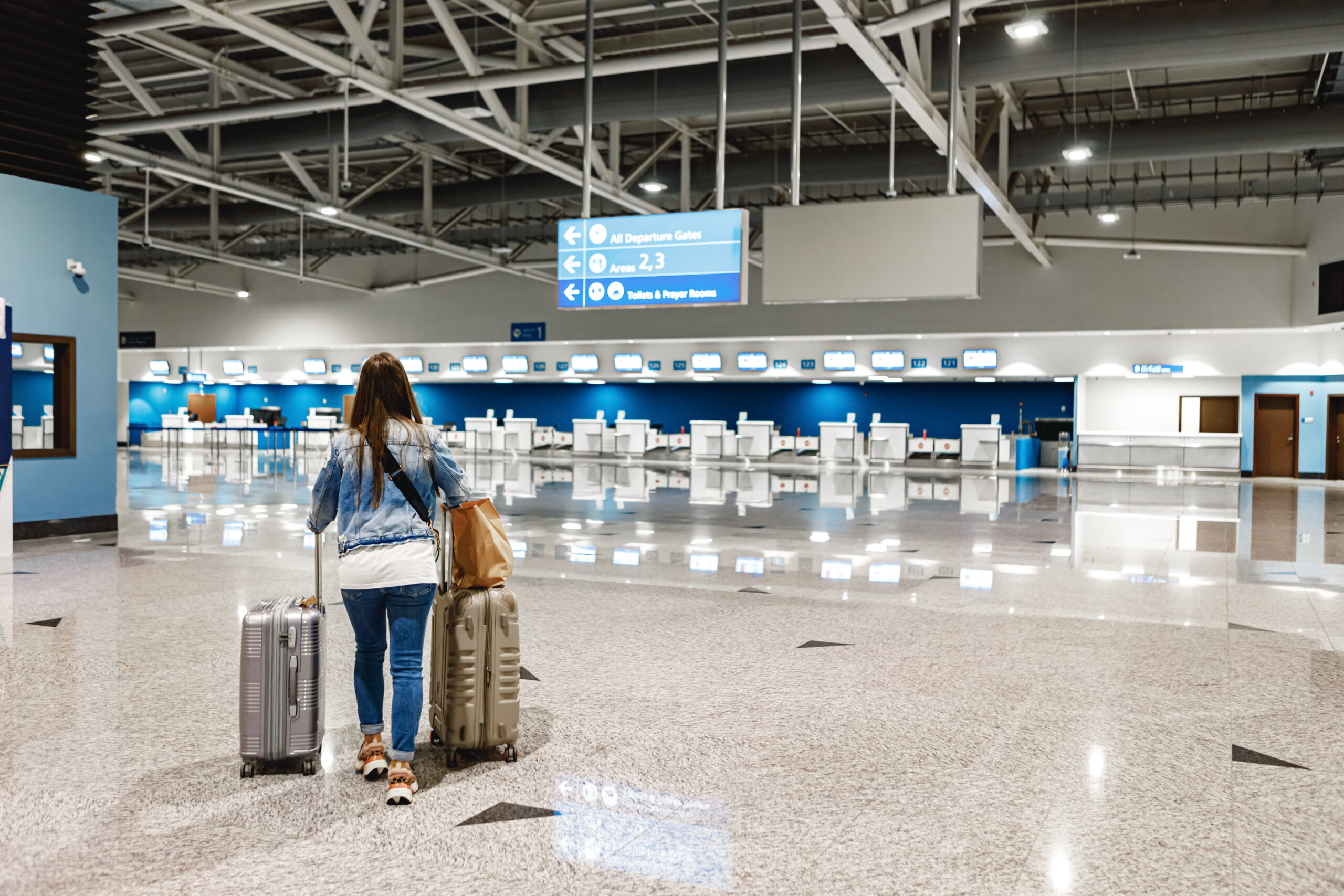
Wings of Change: Indonesia Expands Its International Aviation Network.
Kehidupan di perantauan • 24 Agustus 2025
Indonesia is making a bold move to boost its aviation and tourism sectors by officially designating 36 public airports as international gateways. This sweeping change was announced by the Ministry of Transportation under Ministerial Decree KM 37 of 2025, and it’s part of President Prabowo Subianto’s broader push to accelerate regional economic growth and tourism development.
Why This Matters?
More international airports mean more direct flights, which can stimulate local economies and attract foreign investment. It also makes it easier access for international travelers to diverse regions beyond Jakarta and Bali. Improves and enhances logistics and cargo capabilities across the archipelago.
Implementation Details

Airports must meet safety, security, and service standards, including immigration, customs, and quarantine facilities. Operators will have six months to fulfill administrative requirements. The status will be evaluated every two years to ensure compliance.
Halim Perdanakusuma Airport in East Jakarta will only handle non-scheduled international flights, such as presidential or state aircraft. Some airports like Weda Bay and Indonesia Morowali Industrial Park are cleared for limited international use, mainly for cargo and emergency operations.
This move is a strategic leap toward decentralizing Indonesia’s air traffic and unlocking the potential of lesser-known regions.
Safety and Security features of these airports
Absolutely! Indonesia’s upgraded international airports must meet a rigorous set of safety standards known as the 3S1C framework, which stands for Safety, Security, Services, and Compliance. Here’s a breakdown of what that entails:
1. Safety
Runway Strength & Design: Airports must ensure their runways can handle international aircraft, utilizing ICAO-recommended ACR/PCR standards (Aircraft Classification Rating/Pavement Classification Rating) for more accurate load compatibility. Regular inspections of aircraft operations and maintenance facilities are also done as part of Airworthiness Oversight. The Firefighting, rescue services, and medical response systems must be in place to ensure ICAO-compliant.
2. Security
For passenger and baggage screening, Advanced screening technologies are in place, along with trained personnel, to detect threats. They have restricted zones with surveillance and biometric systems. Protection of airport systems from digital threats, especially in air traffic control and passenger data, is also in place.
3. Services
Terminal Facilities include International-standard lounges, signage, and accessibility features. Immigration, Customs, and Quarantine (CIQ) is on-site and is mandatory for processing international arrivals and departures. It also includes Integration with road and port infrastructure to ensure smooth transit.
4. Compliance
Indonesia is preparing for the Universal Safety Oversight Audit Programme (USOAP) by ICAO, which evaluates national aviation safety oversight. These airports must align with Indonesia’s civil aviation laws and periodic internal audits.
These standards aren’t just checkboxes—they’re actively monitored. If an airport fails to maintain them, its international status can be revoked during biennial reviews.

